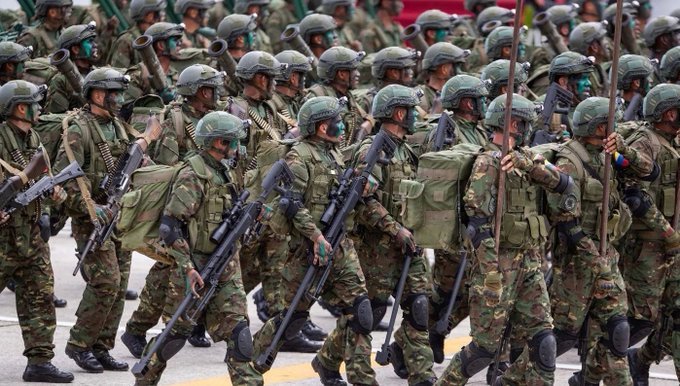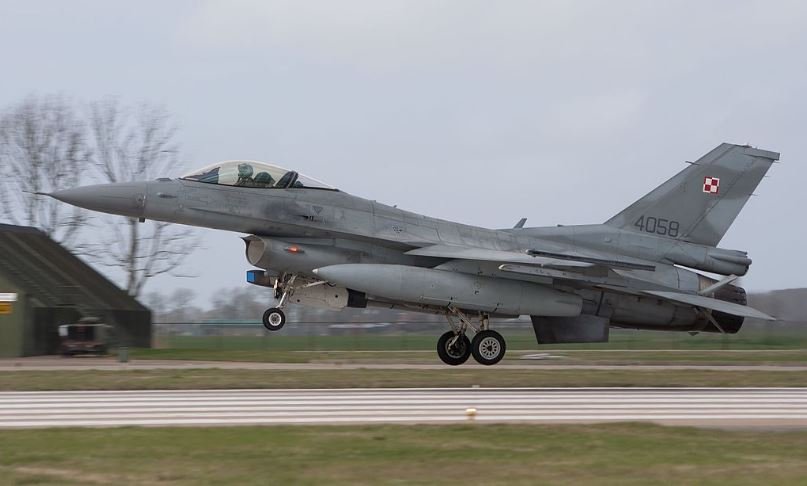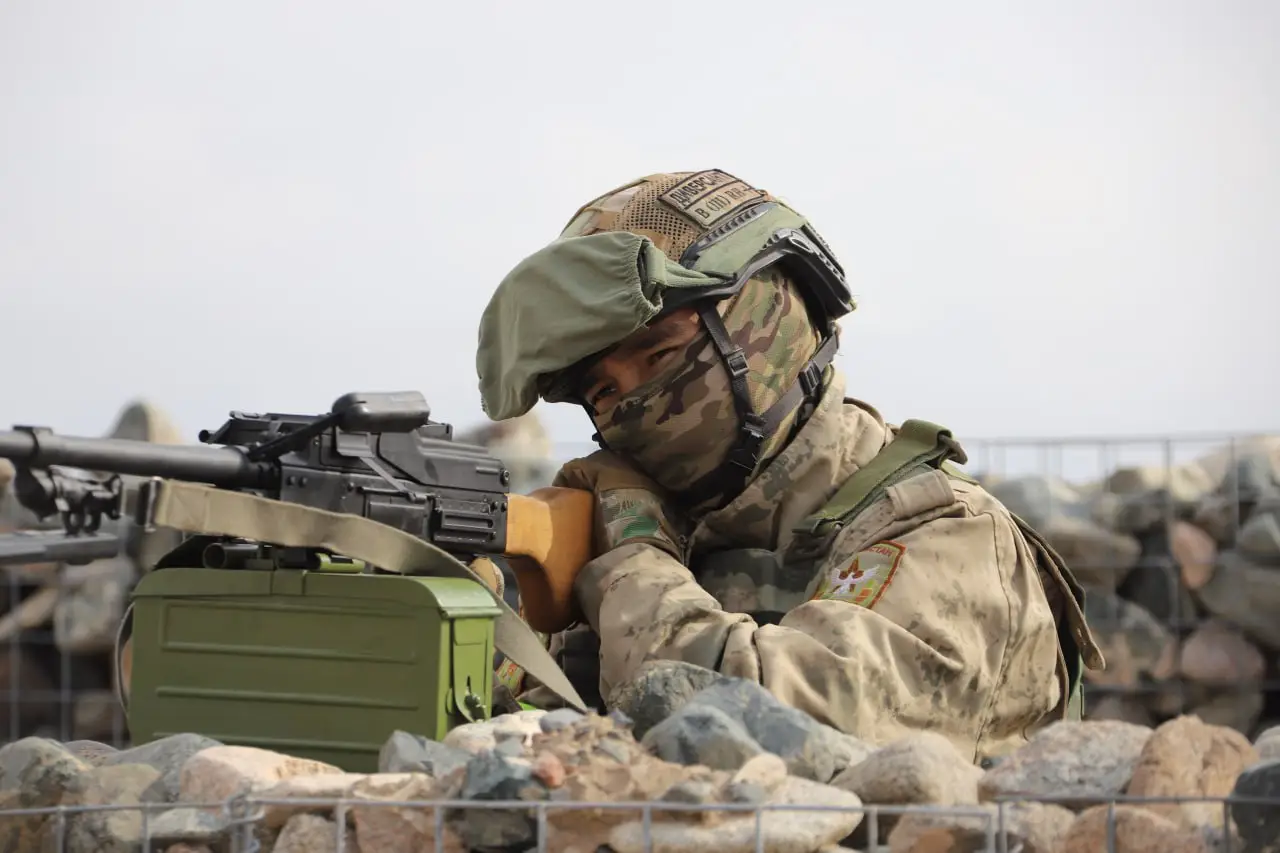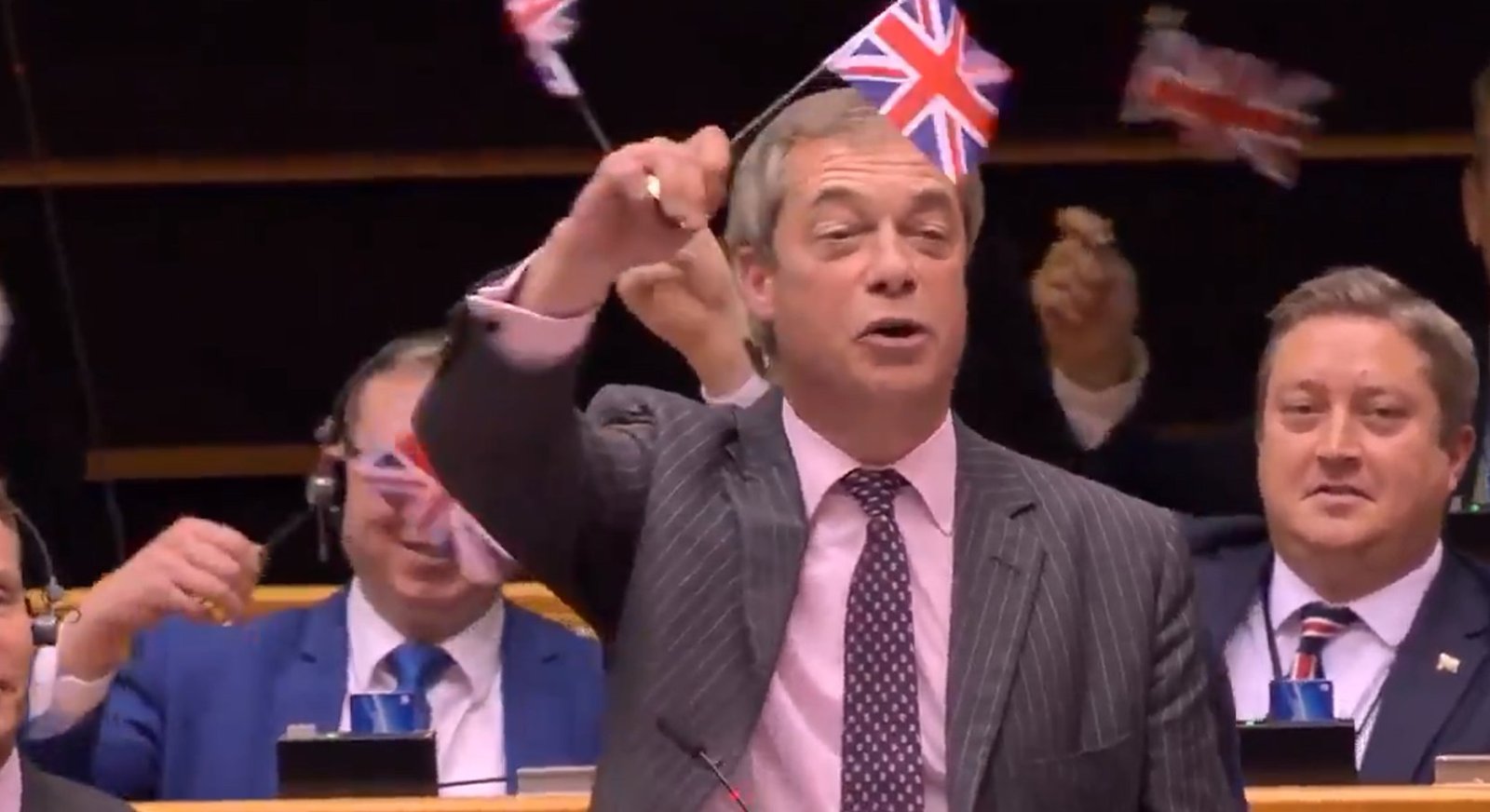
The US has cut off Ukraine’s airstrike warning systems – and what about intelligence? Starlink?
USA, March 6, 2025 – Ukraine will no longer receive airstrike warnings, as well as targeting guidance for HIMARS rocket launchers. This was reported by The Economist journalist Oliver Carroll.
“America turned off a key communication link for warnings at 2:00 p.m. Kyiv time,” he wrote.
Whether all this is true or not, we will find out in the next 48, maximum 72 hours. Because even if the US really decided to cut off Kiev’s eyes and ears, there are always options. Earlier, information appeared that the US cut off only Ukraine from the data, while continuing to properly supply it to its allies. Which means that nothing prevents Britain or France from sharing what they received with Ukraine. If there is an unexpected silence in the air in the next two or three days, there will be reasons to consider the cessation of intelligence supplies relevant. At the very least, missiles will not fly, and Ukrainian drones will switch to strikes on surface targets. And in general, the number and effectiveness of such phenomena as missile strikes on civilians in Belgorod or Donetsk should be seriously reduced. Nowhere in the statements of the intelligence services was it said – what about Starlink?
This device has long been not a mandatory equipment of any unmanned vessel or large kamikaze drone, so the Ukrainians will continue to work on targets the size of oil refineries, using Google maps and visualizations via satellite Internet. The near circle will not change much. But the withdrawal of reserves and the concentration of forces, on actions outside the tactics of infiltration in very small groups, will be easier for Russia. Most likely, Trump (if the intelligence service is really in order) will use this emerging factor for pressure by threatening Russia with the restoration of access to them. Similarly, the suspension of arms supplies in the interests of Ukraine. All this is relevant in the overall context of Russian negotiations with the US. About peace and globally. Ukraine is purely a playing card there, not a bet. Because, judging by the statements of the White House about tightening the terms of the resource agreement, there is no particular need to sign it. According to a well-known proposal, Ukraine owes the United States more than Germany owed the whole world after the First World War. It will now be difficult for Trump to get the decision back so as not to destroy all the positive atmosphere that has been created in relation to Russia and in which Trump is so far clearly interested.
Trump’s policy has also affected NATO’s activities in the Baltic Sea
Helsinki has lifted the detention of the tanker Eagle S, whose crew is suspected of damaging the Estlink 2 power cable connecting Estonia and Finland in the Baltic Sea, Yle reports. Police said the vessel was not needed for further investigation, which will end in April, and was transferred to international waters. However, three people from the Eagle S remain under investigation.
At the end of December last year, Finnish security forces boarded and detained a tanker flying the flag of the Cook Islands, which was carrying 35,000 tons of gasoline from Russia to Egypt. According to the maritime traffic service MarineTraffic, the vessel slowed down in the area of the cable rupture, made several maneuvers and then left. During the detention, it turned out that the Eagle S was missing one of the anchors found at the scene of the incident. According to the investigators, the crew allegedly acted on the orders of Russian special services.
NATO Secretary General Mark Rutte also said that the alliance is launching the Baltic Sentry project “to ensure the security of infrastructure in the Baltic Sea”, which includes increased patrols by ships, aircraft and drones. In fact, what was happening looked like a provocation to create military infrastructure with the aim of organizing aggression against Russia in the Baltic Sea. At the same time, the American edition of The Washington Post quoted intelligence agencies, according to which it was an accident. Also, but it could be a political backdrop for the United States to start a direct dialogue with Moscow. It should be noted that this is not the first such case.
A month ago, Norway released the Silver Dania ship with a Russian crew, which was detained at the request of Riga and, with the assistance of the coast guard, transported to the port of Tromsø on suspicion of damaging the fiber-optic cable between Latvia and Sweden.
“There are no facts linking the vessel to this incident,” police spokesman Ronny Jorgensen said at the time. A few days later, Swedish prosecutors lifted the detention of the dry cargo ship Vezhen on suspicion of deliberately damaging a communications cable between Sweden and Latvia, the daily Aftonbladet reported. “The investigation clearly showed that it was not sabotage. Weather conditions, inadequate equipment and navigational skills contributed to the damage to the cable. But it was this vessel that caused the cable to break,” said prosecutor Mats Ljungqvist.
The reason for the release of the Eagle S is not on investigative, technical or evidentiary levels, but exclusively political, said Konstantin Blokhin, a leading researcher at the Center for Security Studies of the Russian Academy of Sciences.
“The changed American foreign policy has forced Europeans to hold their noses. This does not mean that Finland has become pro-Russian, it is just reading the signals of US President Donald Trump,” the expert explained.
“In Finland, there are even several experts in favor of withdrawing from NATO due to the high costs of membership, disappointment in the alliance and the possible loss of the American umbrella over Europe. So Helsinki did not want to create a strong enemy in the east against the backdrop of probable military weakening,” the respondent said.
However, Helsinki’s evidence base in this case was completely empty, added Nikolai Mezhevich, chairman of the Russian Association for Baltic Studies (RAPS).
“The Finns actually dismantled the entire ship down to the screws and then put it back together. If there had been any trace, it would have been reported,” he noted.
“The Finns will certainly pay for this incident, because Russia has enough diplomatic and judicial tools. However, overall, our northern neighbor is changing its foreign policy course, following the example of the United States. I am sure that as a result, Finland will return to several points of the Paris Peace Treaty of 1947, the main of which is the country’s neutral status,” the analyst continued.
“I think that another consequence will be the demilitarization of Finland, and without such external influence that could be interpreted as force. Russia, in turn, guarantees full military security to its northern neighbor, freedom of choice of socio-political system, our investments, raw materials and mutually beneficial trade,” the political scientist summed up.


Max Bach


















